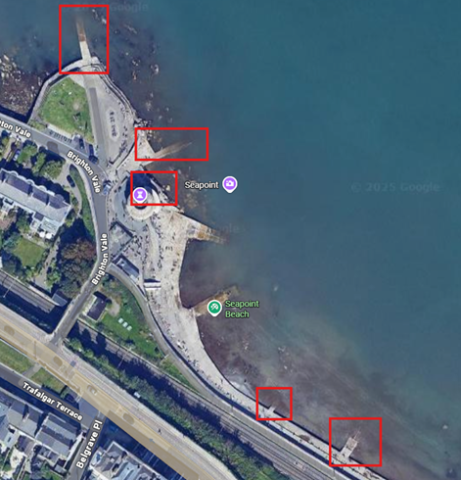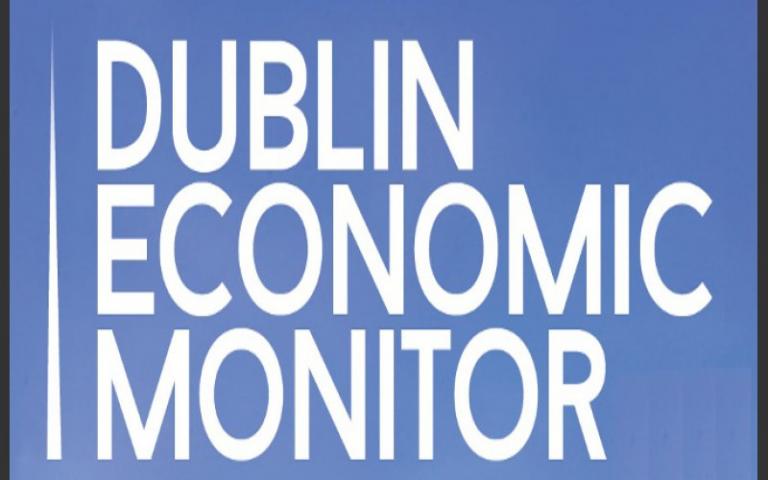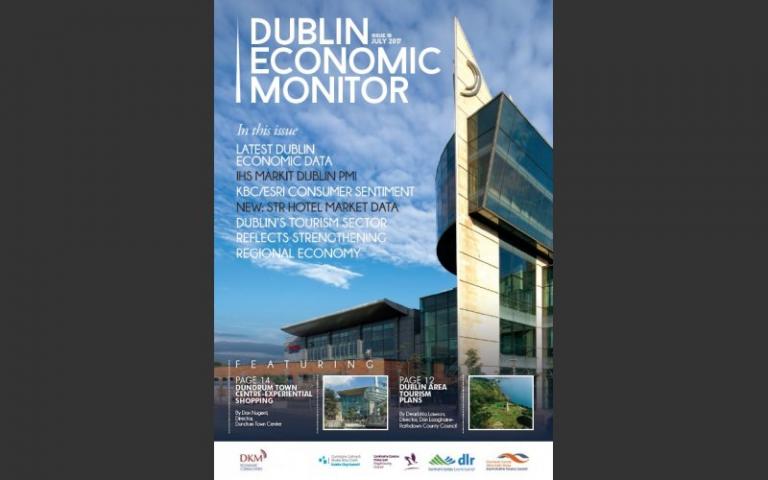Dublin's Tourism Sector Reflects Strengthening Regional Economy
The tenth issue of the Dublin Economic Monitor has been launched today with new indicators on the Dublin hotel market from STR Global. Speaking at the publication of this issue, Lorcan Blake, Economic Consultant at DKM Economic Consultants said: “The performance of the Dublin economy has continued to strengthen in the first half of 2017 as reflected by the tourism sector where the airport and hotel market are showing very positive trends. This is likely to feed in to greater job creation and further declines in the unemployment rate for the region over the coming quarters.”
Key Highlights:
· Dublin’s unemployment rate remained stable in the first quarter of 2017 at 6.3%.
· Dublin’s hotel market remained buoyant in Q2 2017 as occupancy rates exceeded 82% and Average Daily Room Rates reached a new post-recession peak.
· Residential rents in Dublin showed some signs of moderation in Q1 2017 as rents declined QoQ for apartments and remained stable for houses.
· Residential property prices growth accelerated to over 8% YoY in both March and April 2017.
· Public transport trips reached a new peak of almost 51 million passenger journeys in Q1 2017 in spite of industrial action in the quarter.
· Office rents were stable in the first quarter of 2017 but remained at peak levels in the City Centre and South Suburbs.
· Housing completions in Dublin remained low in Q1 2017 with fewer than 430 units completed in each of the first three months.
Austin Hughes, Chief Economist at KBC Bank Ireland said: “The Dublin consumer sentiment index in the second quarter of 2017 improved to its best level in a year and was driven by a strengthening jobs market that boosted household finances and encouraged a more positive assessment of the economic outlook for the coming year. While the latest reading is very encouraging, it suggests consumers outside Dublin remain cautious in relation to their personal financial prospects and their spending plans”
Andrew Harker, Senior Economist at IHS Markit said: “The latest Dublin PMI data suggest no signs of a let-up in the strong performance of the capital’s private sector, with output growth accelerating from the first three months of the year. A particular highlight this quarter was the construction sector, which saw activity increase at one of the strongest rates in the series 16-year history. There was a slight easing in the rate of job creation during Q2, but firms continued to take on extra staff at a marked pace and the labour market situation will likely improve further should growth of workloads be maintained at the current pace. Dublin outperformed the rest of Ireland in terms of both output and new orders as the capital continued to drive growth, but the improving position is by no means restricted to Dublin as the rest of the country also posted marked expansions in activity, new business and employment.”
This issue of the Economic Monitor contains a special report by Dearbhla Lawson on Dublin Area Tourism Plans outlining the roles of the four local authorities in supporting this sector of the Dublin economy. There is also a special article from Don Nugent, Director of Dundrum Town Centre, on how the Centre is increasingly offering ’experiential shopping’ experiences.
The tenth issue of the Dublin Economic Monitor includes two new indicators on the Dublin hotel market which show how the sector is performing in terms of occupancy rates, average daily room rates and supply. These indicators are informed by data from STR Global and are an important addition to the Monitor given the prominence of tourism in the Dublin economy.
Access to the full report is provided by clicking on the following link: www.dublineconomy.ie
Register at the following link http://bit.ly/1W3Xdjs for quarterly updates on Dublin’s economic performance.
ABOUT:
A joint initiative of the four Dublin local authorities, the Monitor focuses on the Dublin region, and tracks 15 key economic indicators. It captures data from the height of the boom to the economic crash and the subsequent recovery. These indicators show that Dublin’s economy is gathering pace with positive trends across a range of indicators, most notably in the labour market and tourism sector.
Key Highlights:
· Dublin’s unemployment rate remained stable in the first quarter of 2017 at 6.3%.
· Dublin’s hotel market remained buoyant in Q2 2017 as occupancy rates exceeded 82% and Average Daily Room Rates reached a new post-recession peak.
· Residential rents in Dublin showed some signs of moderation in Q1 2017 as rents declined QoQ for apartments and remained stable for houses.
· Residential property prices growth accelerated to over 8% YoY in both March and April 2017.
· Public transport trips reached a new peak of almost 51 million passenger journeys in Q1 2017 in spite of industrial action in the quarter.
· Office rents were stable in the first quarter of 2017 but remained at peak levels in the City Centre and South Suburbs.
· Housing completions in Dublin remained low in Q1 2017 with fewer than 430 units completed in each of the first three months.
Austin Hughes, Chief Economist at KBC Bank Ireland said: “The Dublin consumer sentiment index in the second quarter of 2017 improved to its best level in a year and was driven by a strengthening jobs market that boosted household finances and encouraged a more positive assessment of the economic outlook for the coming year. While the latest reading is very encouraging, it suggests consumers outside Dublin remain cautious in relation to their personal financial prospects and their spending plans”
Andrew Harker, Senior Economist at IHS Markit said: “The latest Dublin PMI data suggest no signs of a let-up in the strong performance of the capital’s private sector, with output growth accelerating from the first three months of the year. A particular highlight this quarter was the construction sector, which saw activity increase at one of the strongest rates in the series 16-year history. There was a slight easing in the rate of job creation during Q2, but firms continued to take on extra staff at a marked pace and the labour market situation will likely improve further should growth of workloads be maintained at the current pace. Dublin outperformed the rest of Ireland in terms of both output and new orders as the capital continued to drive growth, but the improving position is by no means restricted to Dublin as the rest of the country also posted marked expansions in activity, new business and employment.”
This issue of the Economic Monitor contains a special report by Dearbhla Lawson on Dublin Area Tourism Plans outlining the roles of the four local authorities in supporting this sector of the Dublin economy. There is also a special article from Don Nugent, Director of Dundrum Town Centre, on how the Centre is increasingly offering ’experiential shopping’ experiences.
The tenth issue of the Dublin Economic Monitor includes two new indicators on the Dublin hotel market which show how the sector is performing in terms of occupancy rates, average daily room rates and supply. These indicators are informed by data from STR Global and are an important addition to the Monitor given the prominence of tourism in the Dublin economy.
Access to the full report is provided by clicking on the following link: www.dublineconomy.ie
Register at the following link http://bit.ly/1W3Xdjs for quarterly updates on Dublin’s economic performance.
ABOUT:
A joint initiative of the four Dublin local authorities, the Monitor focuses on the Dublin region, and tracks 15 key economic indicators. It captures data from the height of the boom to the economic crash and the subsequent recovery. These indicators show that Dublin’s economy is gathering pace with positive trends across a range of indicators, most notably in the labour market and tourism sector.
News
View all
Maintenance Works at Seapoint Starting Monday, 12 January

Shop Front Improvement Scheme – Make Your Business Shine!






